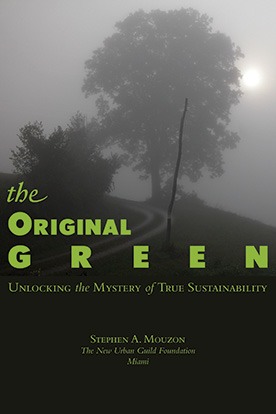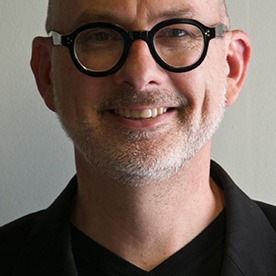search the Original Green Blog

We’ve grown so dependent on our gizmos that we often forget about the natural ways of doing things… ways that are often just as effective and usually a lot less costly than the mechanically-driven methods. Take fitness, for example. How many Americans get in their cars and drive to the gym where they work out on the equipment, then drive back home again, spending $100 or more per month by the time you count the memberships, the gas, the wear and tear on the cars, and the value of the commuting time? And how many more people sign up for memberships but quickly quit going, while the membership fees keep draining from their checking accounts?

My friend Nancy Bruning was the editor of the Original Green, and she’s also a prolific author, with one of her latest being 101 Things to Do on a Park Bench, which lays out the idea she calls Fitness Alfresco. Nancy shows you some of those moves throughout this post.
But there’s a problem shared by both Fitness Alfresco and the Original Green: there’s not much money in it. Americans spend billions of dollars per year with the fitness industry, and that’s almost certainly dwarfed by the building equipment and control industries. Meanwhile, Fitness Alfresco costs you nothing but time and some comfortable clothing. So how can Fitness Alfresco spread beyond the circle of Nancy’s influence if there’s no big money to drive it?
I’ve been asking myself the same thing about the Original Green. I’m unlikely to find big equipment manufacturers as sponsors or advertisers because I advocate for doing things that require less equipment. And I repeatedly make the case that the things with the greatest impacts are not the measures that make our buildings smarter, but the ones that make us smarter. So where’s the corporate sponsorship future in that? Is the Original Green just a book and a website, destined to die when I run out of passion or run out of time?

I watched a fascinating conversation with two friends on Facebook recently spurred by this story on the happiest cities in the US. One friend is strongly conservative (as is the article) and the other is reliably progressive, but they came to a surprising agreement via this train of thought:
The happiest cities aren’t where you think they should be, and for the most part represent places considered to be “backwards.” But why is that? Places where people know how to do for themselves, raise their own food, etc., should be considered the most sustainable. And they’re demonstrably happier.

Why, then, should they be cast in a negative light? Is it possible that it’s precisely because they are more sustainable? Meaning that they consume less? Specifically, they spend less on consumer goods? And so it’s therefore in the interest of the vast American Media-Advertising Complex to portray them negatively? Both my friends came to this conclusion from markedly different places on the political spectrum.
So what hope is there for those who advocate consuming less? A decade ago, there wasn’t much hope because we all got our information from the top down, and that information was all sponsored by big corporations with many things to sell you. Now, however, we have learned how to bypass the corporate megaphones and speak directly to each other via a growing choice of New Media such as blogging, Twitter, online communities such as Facebook, and more.
New Media for Designers + Builders describes this revolution in detail, and it’s a revolution I believe will bring as much change as the Industrial Revolution 250 years ago. Those New Media are therefore where the hope lies for real sustainability.
If you’re interested, I’m doing a New Media workshop in Celebration, Florida November 8.
It’s not just theory, either… there are those out there who are showing us how to get it done. One of my real heroes is Chuck Marohn, who went from being completely unknown a few years ago to being the leader of the Strong Towns movement today… a movement that just held their first national gathering a few weeks ago. Chuck’s message to cities and towns is precisely an Original Green message about spending less, but getting more. Strong Towns could not have existed in 1994, but today, it’s beginning to change America.
So that’s my take on it… but am I missing something? This is a “half-baked post,” with several ideas I’ve been thinking on for some time, but I’m not at all sure that I’ve got it all right. What do you think?
~Steve Mouzon


